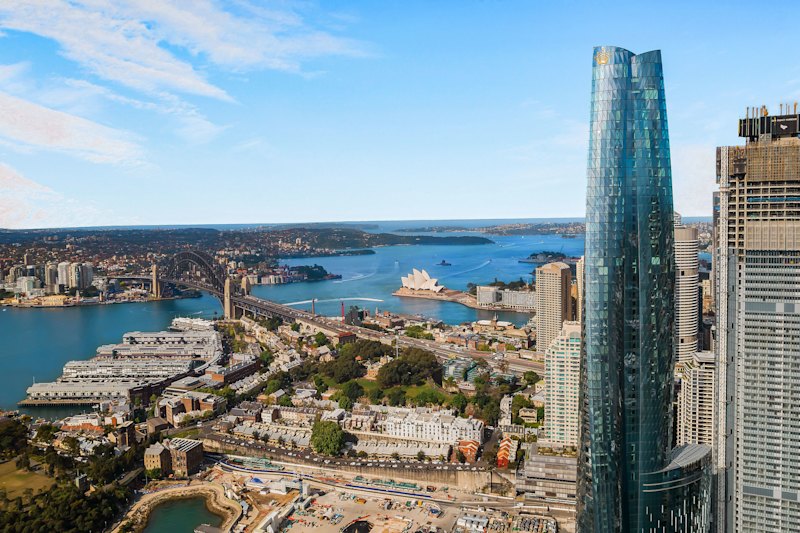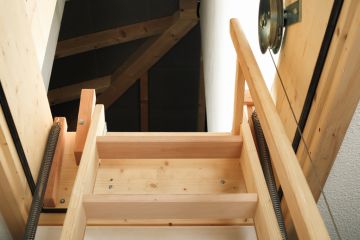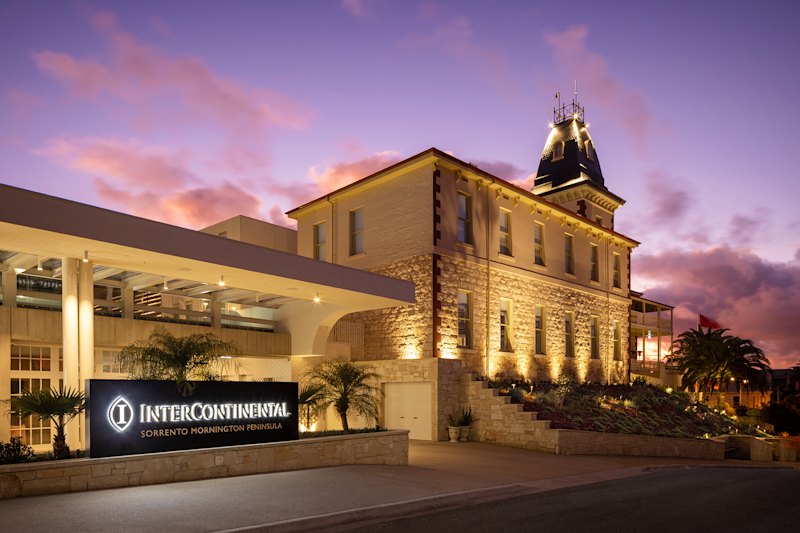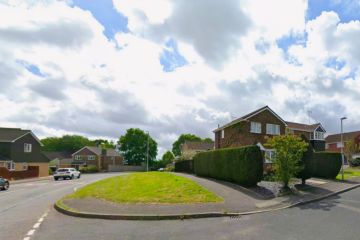What’s next for Sydney’s inner west?
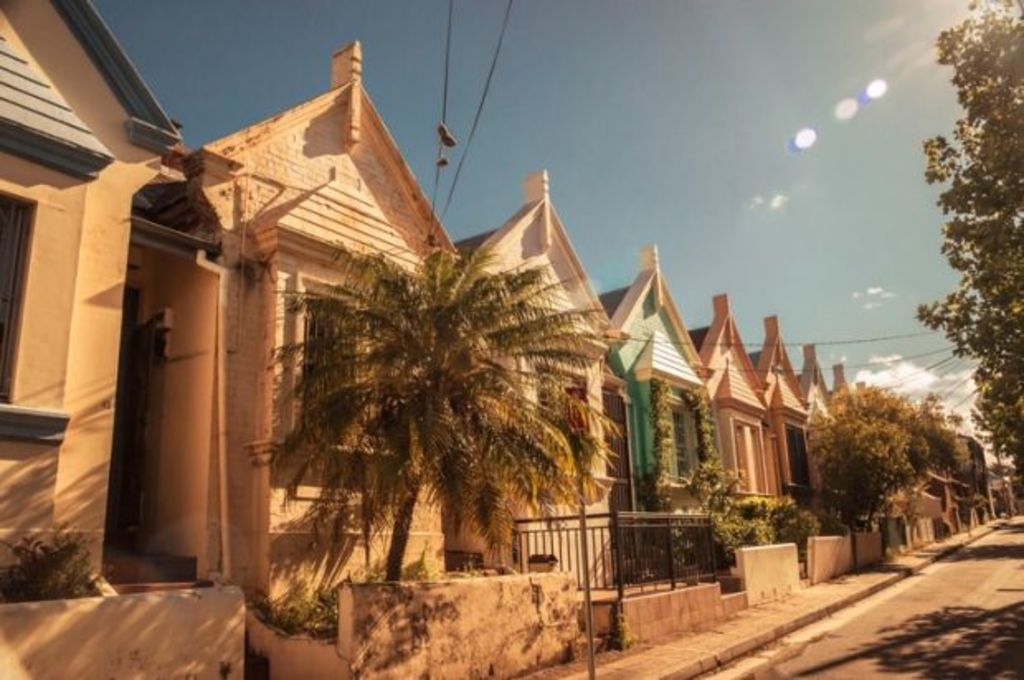
Sydney’s inner west can be likened to a long-distance runner. While prices in other areas go through ebbs and flows, fast sprints and rest periods, the inner west has consistently kept on moving forward over time.
And there’s a reason for this. The area, located west of Sydney’s CBD and south of the Parramatta River, offers the convenience of being close to the city with great transport links and amenities. Suburbs include Ashfield, Strathfield, Leichhardt, Marrickville, Glebe and Erskineville.
Domain economist Dr Andrew Wilson says the inner west region has had the most consistent growth of all Sydney over the past five years.
“If we look at the cycle from when interest rates started falling in 2012, the one area where there was steady growth was the inner west,” he says. “This situation provides significant barriers to those who are trying to buy here because of this price growth.”
The median house price in the inner west was $1.7 million in the March quarter – an increase over the past year of 17.5 per cent. This represents a rise of 94.3 per cent over the past five years.
“It’s not the strongest annual result but it’s up there with the other strong results,” Wilson says. “The ones that are ahead are the lower northern beaches and the upper north shore but their growth spurt has been over the past year while the inner west has been steadily growing, which is reflected in last year’s 17.5 per cent increase.”
Another key reason for the area’s popularity is its neighbourhood characteristics.
“I think people like the mixture of property types,” Wilson says. “It’s not traditionally low rise; there are areas where there is high-rise. You also get renovated cottages and duplexes and interesting small streets that appeal to a different demographic. And the housing styles go right through the price range.”
He adds the inner west has its own prestige markets in suburbs such as Strathfield and East Balmain.
A key reason for the inner west’s popularity is its neighbourhood characteristics.
“Drummoyne has also joined the $2 million club, which is what the median house price is now in that suburb,” he says. “This shows you that buyers are prepared to pay significant prices to live in this area.”

The consistent growth is expected to continue. Wilson says nothing about the attraction is likely to change.
“The area will always be close to the CBD and have some proximity to the harbour,” he says. “It is also an area where we’re seeing considerable renewable. Tempe, for example, which is under the flight path and typically would always underperform, is now experiencing quite strong growth because a lot of the commercial and industrial parts of the inner west are being pushed out for residential developments.”
The district will soon to be home to a major development, as a former light industrial site in Erskineville is transformed into a new destination called Park Sydney. Though Erskineville is generally categorised as an inner west suburb, the development sits just three kilometres south of the CBD, so will be considered part of the inner city due to its proximity to the city.
Located at 165-175 Mitchell Road, Park Sydney, a joint venture development by Greenland Australia and GH Australia, will feature residential apartments, retail outlets, a full-sized supermarket, cafes, and plenty of green spaces. Kang Xue, assistant managing director with Greenland Australia, says the area offers many attractions.

“It is close to the city but not too close,” he says. “It’s also close to the train stations at Erskineville and St Peters and within walking distance of Sydney Park and other leisure attractions. But our overriding vision is to make this development a destination concept. Park Sydney will be a fully integrated community that includes low-density apartments and retail shops as well as a number of green spaces.”
Around 30 per cent of Park Sydney will be open to the public.
“We want the local community to come in and enjoy the space as well,” Xue says. “The entire site covers 6.9 hectares and we have 1.5 hectares of public open space including a 7400 square metre central park, with playing fields and barbecue areas. This mirrors the neighbourhood feel of the local area. Erskineville has a distinctive local character and a strong sense of community, which will be reflected in Park Sydney.”

We recommend
We thought you might like
States
Capital Cities
Capital Cities - Rentals
Popular Areas
Allhomes
More
- © 2025, CoStar Group Inc.
